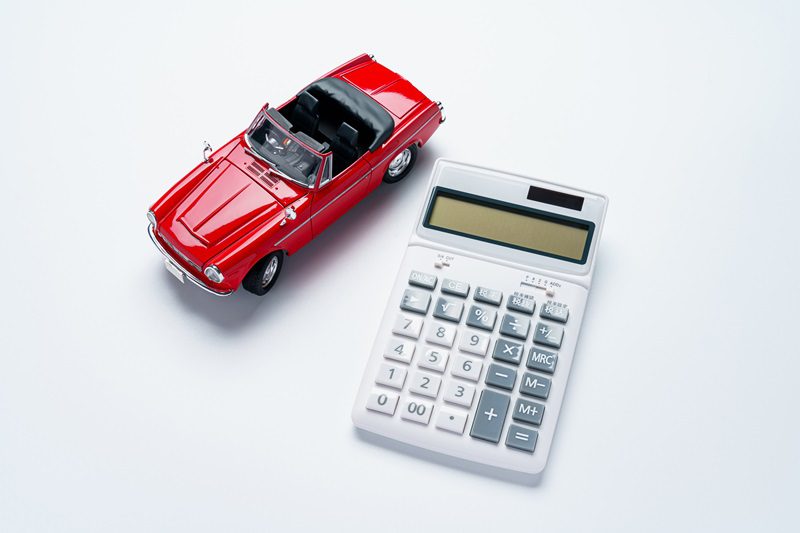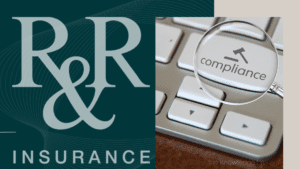How the rate cap is playing out for Alberta drivers

Legal costs related to auto insurance claims in Alberta are now averaging $100,000 per settlement, a new record in the province, and a significant reason for why good Alberta drivers could see their auto insurance rates climb 87.6% over the next decade — even with the 3.7% rate cap applied.
Two Insurance Bureau of Canada-commissioned reports over the past month have zeroed in on the impact of the province’s rate cap. One report notes the effect is substantially different for good drivers, who are seeing rate increases capped, and those who fall outside the definition of “good drivers,” who could see their total premiums rise more than 148% (or an average of 9% annually) over the next decade if the province’s rate cap were to be left in place until 2033.
Alberta’s government has closed public consultations on a long-term fix for higher auto rates, and a reform proposal is expected to be introduced and implemented before the next provincial election in October 2027.
In the meantime, Canada’s private auto insurers are warning their claims costs are driving up premiums in the province, including auto theft claims (which increased 55% in Alberta between 2021 and 2023), higher medical health levies, and increased litigation costs.
This week, a study completed for IBC by professional services firm MNP found the frequency of lawsuits following a collision in Alberta increased 48% between 2018 and 2022.
During that period, “over $1.2 billion was spent on costs associated with litigation following a collision,” MNP reports. “When a claim is litigated, legal costs now vastly exceed — and are more than double — the amount provided in a cash payment for pain and suffering to those injured in a collision.”
Discussion around rate caps must include an “honest conversation” about why premiums are increasing, Aaron Sutherland, IBC’s vice president of the Pacific and Western region, comments.
“It’s critical that those injured in a collision receive the benefits they need to recover,” he says. “But personal injury lawyers are increasingly using aggressive marketing tactics and advertising to encourage collision victims to make frivolous claims. These claims affect the cost of auto insurance for all Albertans.”
In a parallel report, MNP observes the distinction between good drivers (about 75% of the province’s drivers, according to the province’s auto insurance regulator) and those who don’t fall into that category is disproportionately affecting premiums for those who aren’t recognized as a “good” driver under the legislation.
Also in the news: How auto theft, Cats are affecting Aviva Canada’s bottom line
Under the province’s cap, a “good driver” is defined as a driver who, regardless of the number of years of driving experience, does not have upon policy renewal:
Any at-fault claims in the previous six years,
Any Criminal Code convictions in the previous four years,
Any major convictions in the previous three years, and
More than one minor conviction in the previous three years.
“It is important to note that the ‘Good Driver’ rate cap only applies to [auto policy] renewals,” MNP states. “It does not apply to policies for drivers who switch insurers, add vehicles to their policy, or move to a different rating territory.”
Since the 3.7% rate cap does not do anything to reduce insurers’ claims costs, “the total increase in premiums needed to cover claim costs is unchanged and most of the increase is levied against those that do not qualify as good drivers,” MNP states.
“This includes newcomers to Alberta, drivers who move within the province, drivers who make changes to their policies, and young drivers who are purchasing insurance for the first time. For these drivers, the increase in premiums could be substantially higher than the…cap on rate filings.”
As it stands, MNP reports, non-good drivers pay approximately 2.2 times more than good drivers for auto insurance. The firm’s modelling suggests the ratio could increase to 3.7 by 2033 under the current rate cap system.
Feature image courtesy of iStock.com/Wako Megumi



